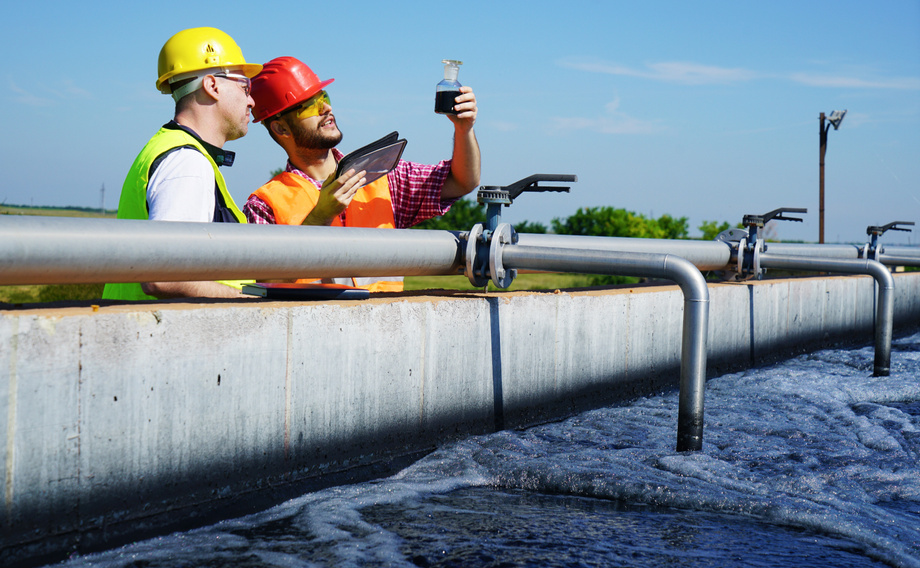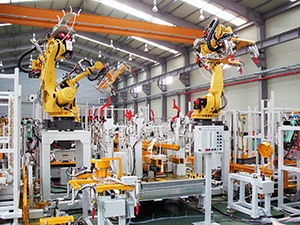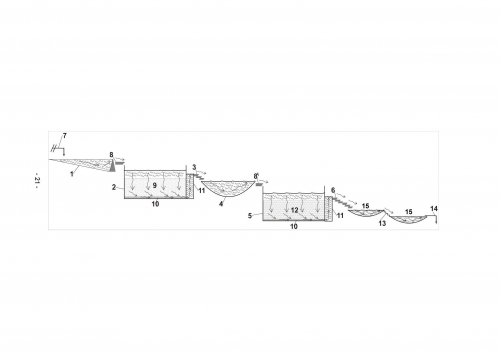The method is a completely biological process for eliminating pharmaceutical micropollutants in wastewater. The process includes:
-Screening as pre-treatment process
-Moving-bed membrane bioreactor (MB-MBR) populated by a first microbial consortium
-Biofiltration tank comprising biologically activated carbon (second microbial consortium)
Background:The presence of micropollutants in wastewater are becoming a threat to aquatic ecosystems and to the safety of drinking water resources. Unfortunately, micropollutants are only partially removed by conventional bioprocesses in sewage treatment works and so they are released in surface water. Pharmaceuticals and endocrine disruptors can be harmful for the animals and negative impacts have already been observed in polar bears and fishes. The current state of the art technologies are physico-chemical processes such as rapid gravity filter (activated carbon), UV and/or ozone treatment. Those treatment are costly and not adapted to water with a high organic content such as treated wastewater.
Benefits:
The main benefits of our method are:
- Low cost- our method aims to reduce operational cost, especially energy consumption
- 100% biological treatment
- Reduction of fouling due to the removal of the reverse osmosis step and the loss of activated carbon
- Compact system
- Applications:
- Wastewater Treatment Plants operators active in the medical sector (hospitals, clinics), focusing on pharmaceutical-origin micropollutants reduction
- Manufacturers and designers of wastewater treatment systems targeting pharmaceutical removal and/or reduction of water toxicity from pharmaceutical-origin micropollutants
- Incorporation in decentralised wastewater treatment process targeting health care infrastructures (hospitals, retirement houses…) where antibiotics are intensively used
- IP Status:Patent has been already granted (AT, CH, DE, GB, IE); and pending at MA.
Desired business relationship
Technology development
Other : Licensing



